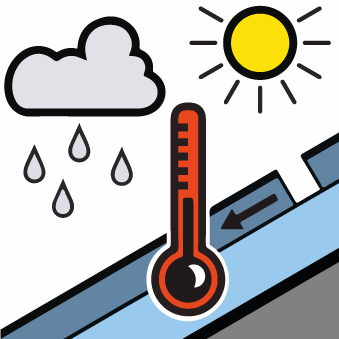AM

Danger level
Avalanche Problem
PM

Danger level
Avalanche Problem
The new snow represents the main danger.
Fresh and older wind slabs in the high Alpine regions. In particular, however, the wind slabs should be taken into account.
Fresh and older wind slabs in the high Alpine regions.
Snowpack
dp.4: cold following warm / warm following cold
dp.7: snow-poor zones in snow-rich surrounding
The snowpack will be generally weakly bonded.
Tendency
The early morning will see generally favourable avalanche conditions generally, but the danger of wet avalanches will increase later.

Danger level
 | treeline
|
Avalanche Problem

Fresh and older wind slabs in the high Alpine regions.
Fresh and older wind slabs in the high Alpine regions.
Snowpack
dp.4: cold following warm / warm following cold
dp.7: snow-poor zones in snow-rich surrounding
The snowpack will be generally weakly bonded.
Tendency
The new snow of yesterday represents the main danger.

Danger level
 | treeline
|
Avalanche Problem
 | | Wet snow |
|  | |  |
 | | Wind-drifted snow |
|  | |  |

The new snow can be released very easily on south to northeast to east facing aspects above approximately 1000 m.
Fresh and older wind slabs in the high Alpine regions. In some cases new snow is lying on an icy crust.
Fresh and older wind slabs in the high Alpine regions.
Snowpack
dp.4: cold following warm / warm following cold
dp.7: snow-poor zones in snow-rich surrounding
The snowpack will be generally weakly bonded.
Tendency
Moist avalanches can in some cases be triggered in the old snowpack and reach medium size in all aspects.



















